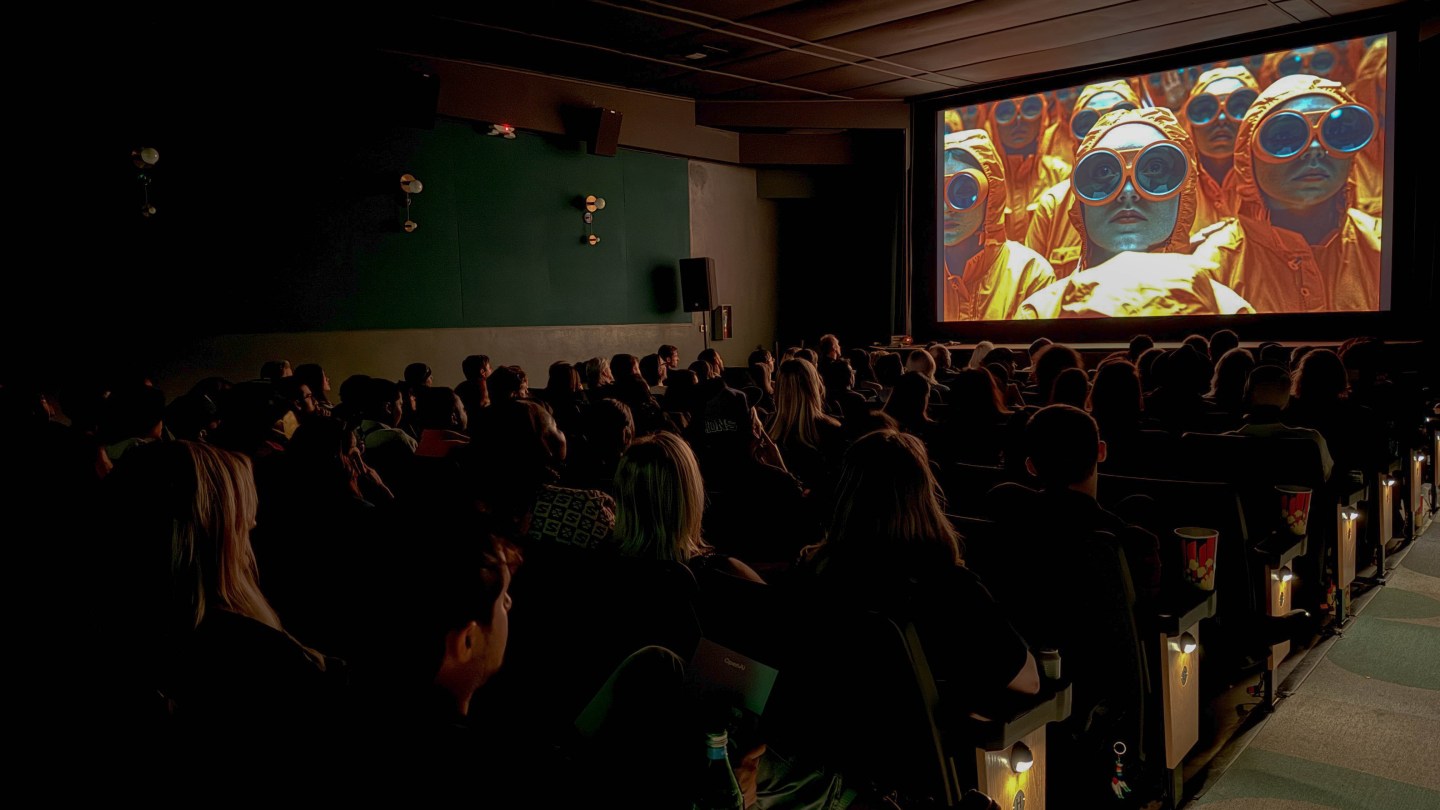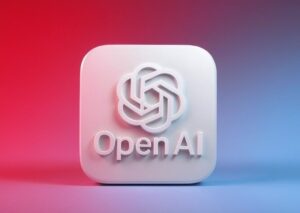OpenAI is Poised for Hollywood to Embrace Its Vision

The Rise of AI in Hollywood: The Impact of OpenAI’s Sora Technology
When OpenAI introduced Sora, a groundbreaking technology that allows users to create hyper-realistic videos from short text prompts, it caught Hollywood by surprise. Rather than focusing solely on the quality of the generated footage, industry professionals were more intrigued by the rapid advancement of technology that was once believed to be years away from implementation in film production.
The Buzz Around AI in Filmmaking
As the potential of Sora became clearer, numerous questions arose among studio executives. Key considerations included:
- Production Efficiency: Which processes can AI enhance to save time?
- Cost Reduction: To what extent can these technologies decrease production costs?
- Legal and Labor Issues: What legal boundaries must be addressed?
OpenAI has actively engaged with studios, fine-tuning Sora while collaborating with independent filmmakers and conducting safety tests. The vision is to pitch the technology for broader application in Hollywood.
Interest from the Entertainment Industry
Rohan Sahai, the head of the Sora product team, shared that there is significant interest from major entertainment companies. Many forward-thinking studios are already exploring ways to integrate AI tools into their workflows. Sahai emphasizes the need for companies to adapt their production processes to take advantage of the evolving technology.
In its current state, the legal environment largely restricts the use of AI to previsualization tasks, like storyboarding and conceptual development. However, widespread adoption will hinge on how legal challenges surrounding AI-generated content are resolved. Workers in the industry, particularly concept artists, voice actors, and animators, are already feeling the impact, with concerns regarding job displacement.
The Challenges Ahead
Legal issues are a significant concern for the broader adoption of AI in filmmaking. A crucial point of contention is whether using copyrighted materials to educate AI systems constitutes infringement. Additionally, works generated by AI currently do not qualify for copyright protection, placing them in the public domain and limiting their commercial value.
Despite these hurdles, OpenAI remains optimistic about Sora’s future and its capacity to operate without restrictive legal frameworks. Sahai envisions a time when the technology will be utilized at all stages of production, surpassing merely enhancing visual effects.
Showcasing the Sora Technology
In a bid to demonstrate its capabilities, OpenAI recently hosted a screening of 11 short films created with Sora at West Hollywood’s Brain Dead Studios. These films illustrated both the strengths and limitations of the tool, with viewers noting that some might feel more like commercials than complete narratives.
The films showcased impressive visual elements—like dazzling fish under the ocean and dramatic landscapes—a testament to Sora’s potential to streamline visual effects in production where profit margins are often tight. Some visual effects artists are already adopting AI tools, creatively circumventing certain legal restrictions by training open-source models with their own designs.
Collaborative Effect in Hollywood
Several industry discussions are fostering collaboration between traditional filmmakers and technology creators. For instance, Lionsgate partnered with an AI startup, Runway, to develop a unique generative AI model tailored for their content, which will aid production processes such as storyboarding.
Even established industry figures, like James Cameron, are embracing AI technology, reinforcing the notion that it does not seek to replace human filmmakers but rather to enhance their capabilities.
The Economic Shift and Future Opportunities
The integration of AI technology into Hollywood is steady but slow. Executives are eagerly searching for successful case studies to demonstrate tangible benefits, such as reduced production costs.
However, the adoption of AI comes with a heavy price tag for some professionals. A study commissioned by the Animation Guild and the Concept Art Association indicated that nearly three-fourths of industry leaders believe that AI tools could lead to job reductions across the sector in the coming years, particularly impacting entry-level positions and creative roles in visual effects.
Addressing Concerns Over Job Availability
While the conversation about AI’s democratization of the creative process continues, there’s an essential acknowledgment of the job risks associated with these innovations. Positions that rely predominantly on visual effects and sound design may become increasingly vulnerable. There is a growing concern over the downstream effects for creatives who depend on this work for their livelihoods.
Despite its limitations, Sora shows notable promise in various ancillary sectors, like advertising and corporate video production—areas that face fewer regulatory constraints. As technology develops and integrates into production workflows, its implications for Hollywood could be transformative, altering how films and media are created.






